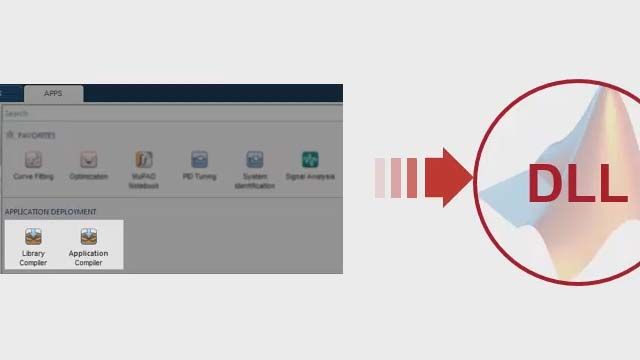Access Factory Floor Data from MATLAB to Build and Deploy Anomaly Detection Algorithms
Overview
Access your factory data to build advanced analytics like predictive maintenance and anomaly detection algorithms. With MATLAB, you can design custom smart manufacturing solutions that can be deployed into your production environment. You can access plant data directly from a variety of sources such as OPC UA servers, AVEVA PI data historians, raw sensors and logged files. You can use AI to detect anomalies in data and predict future performance. We’ll demonstrate how to access your plant data, build predictive maintenance algorithms, and move your MATLAB algorithm into your production environment where it will run on data as it streams in.
In this webinar, you will learn how to
- Access plant data from a variety of sources
- Develop AI algorithms for predictive maintenance using low-code tools
- Deploy algorithms in a production environment for online anomaly detection
About the Presenters
Arvind Hosagrahara is the technical lead a of a team that helps organizations deploy MATLAB algorithms in critical engineering applications, with a focus on integrating MATLAB into the enterprise IT/OT systems. Arvind has extensive hands-on experience developing MATLAB and Simulink applications and integrating them with external technologies. He has helped design the software and workflow for a variety of production applications focusing on robustness, security, scalability, maintainability, usability, and forward compatibility across automotive, energy and production, finance and other industries.
Eric Wetjen is the Product Marketing Team Lead for Test and Measurement. He leads the product marketing and strategic planning efforts for the Test and Measurement products which include Industrial Communication Toolbox, Vehicle Network Toolbox, Instrument Control Toolbox and Data Acquisition Toolbox. Eric enjoys working with customers to get input on requirements and product direction with the end goal of making it easier for MATLAB and Simulink users to access and work with data from industrial plants, automotive vehicle networks, benchtop test equipment, and data acquisition systems.
Adarsh Narasimhamurthy leads the Predictive Maintenance Toolbox software development team. He focuses on workflow and AI algorithm development and deployment for data driven predictive maintenance applications. Prior to that he worked on enabling analytics on cloud based IoT platforms. Adarsh earned his M.S. and Ph.D. in Electrical Engineering from Arizona State University.
Recorded: 10 Dec 2024
Featured Product




